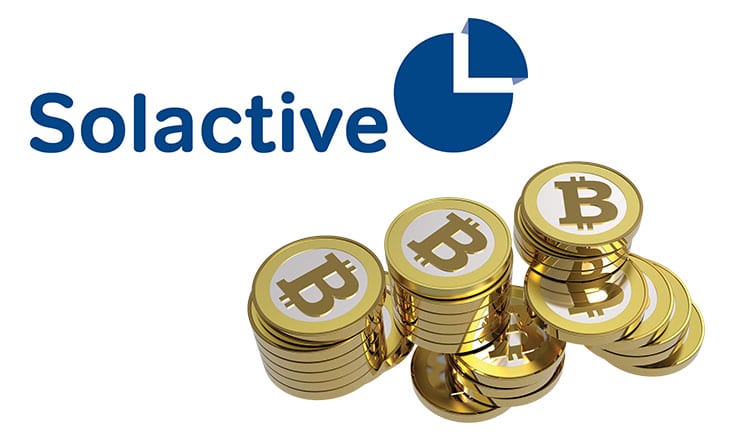Three weeks after the approval of bitcoin futures by the Commodity Futures Trading Commission in the United States, Solactive announced that it is launching the Solactive Bitcoin Front Month Rolling Futures 5D Index, an index tracking the performance of XBT futures listed on Cboe Global Markets.
On Sunday, 10 December 2017, Cboe made history by becoming the first regulated exchange to list bitcoin futures, for which Solactive has been granted worldwide exclusivity in index calculations.
Bitcoin, the most prominent cryptocurrency, rose from USD 789 in December 2016 to USD 18,960 in December 2017, an increase in price of more than 2,300% over the course of the last twelve months. According to coinmarketcap.com, an online platform tracking the performance of cryptocurrencies, the total market capitalization of bitcoin reached USD 320 billion in the third week of December 2017.
The Solactive Bitcoin Front Month Rolling Futures 5D Index can be used to gain exposure to the bitcoin currency through XBT futures contracts that are traded on Cboe’s Futures Exchange (CFE). By trading in futures, investors can reduce exposure to some of the volatility associated with the digital currency. The index is available for licensing and can be used as the basis for structured products and ETFs.
Steffen Scheuble, CEO of Solactive AG, commented:
The world is becoming more and more digitalized. Technology is affecting all areas of finance, including payment systems, wealth management with robo-advisors, and now currency with the rise of cryptocurrencies. We are very pleased to be offering exposure to bitcoins futures through the Solactive Bitcoin Front Month Rolling Futures 5D Index. This is unprecedented in the history of capital markets and clearly opens the door to new bitcoin-based investment products.
The index tracks the performance of front month XBT futures, and rolls the exposure over five days from the active contract to the next active contract. The index is calculated as an excess return index and is published in USD.
